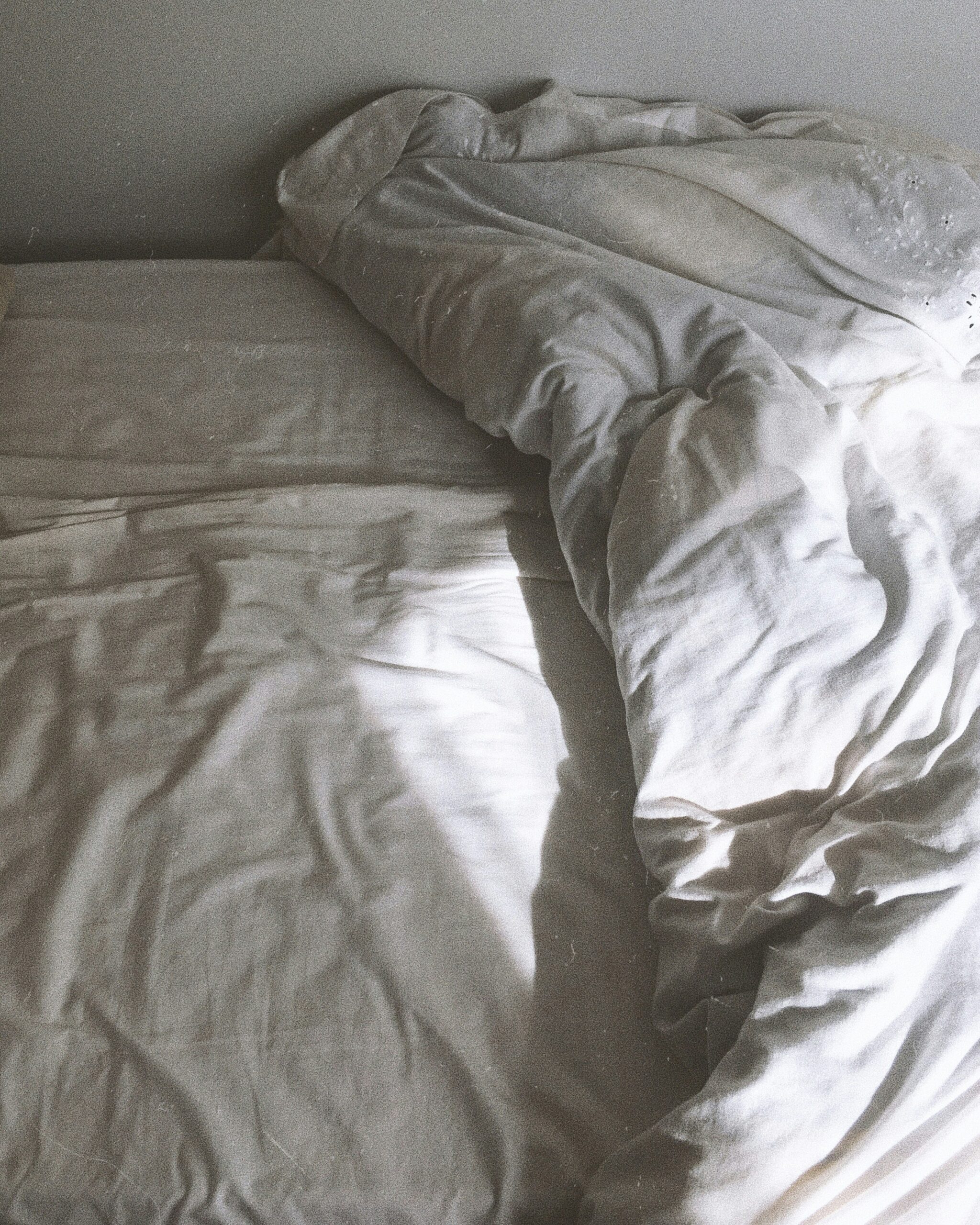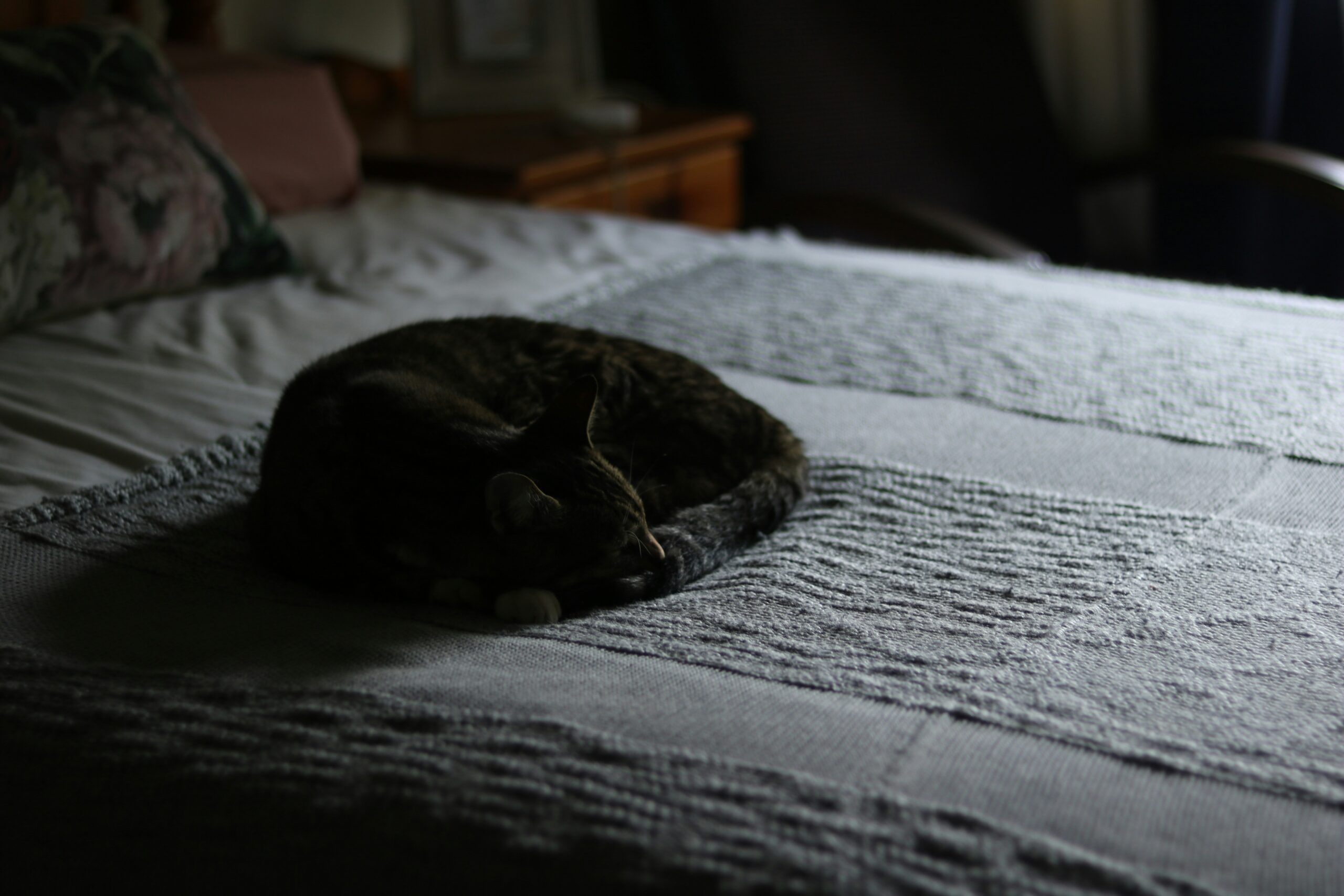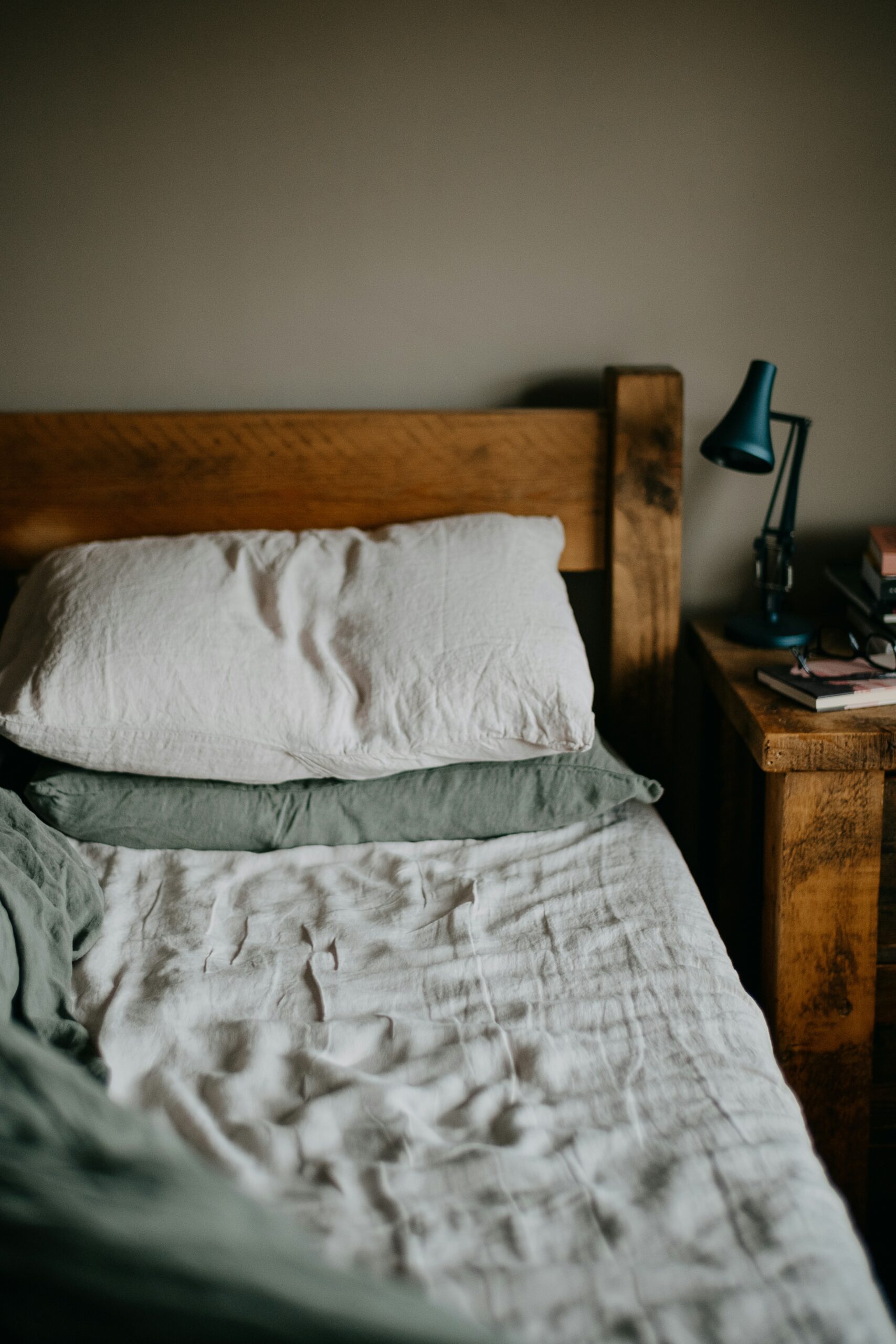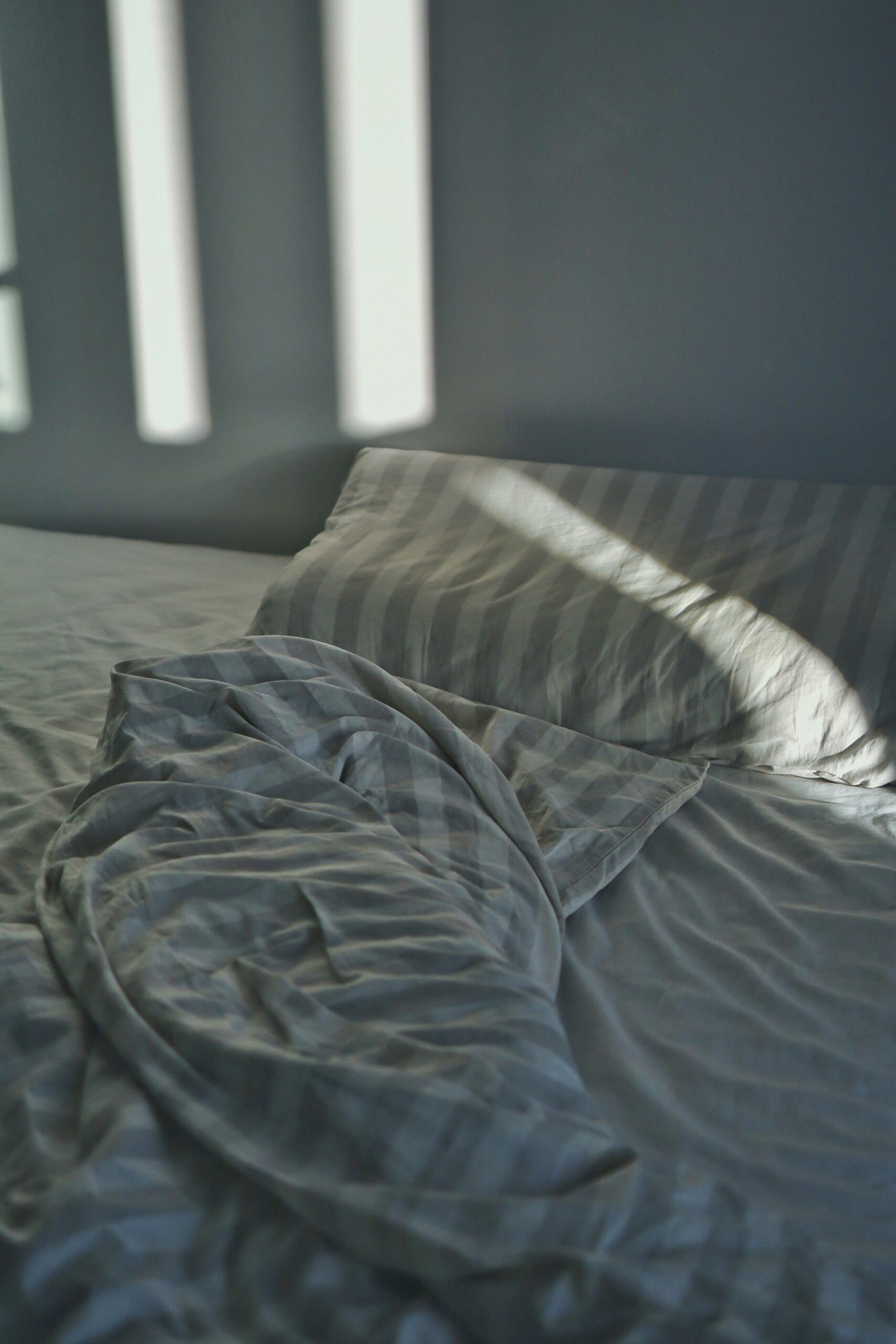Are there any Murphy beds available with a horizontal wall design?
Are There Any Murphy Beds Available With A Horizontal Wall Design?
You’re asking a great question — yes, Murphy beds with a horizontal wall design do exist, and they’re a practical and stylish option when you want the mattress to fold up along its long side rather than the short side. This article will guide you through what horizontal wall Murphy beds are, how they differ from vertical wallbeds, what to look for when buying or installing one, and real-world considerations including sizes, mechanisms, costs, and safety.
What you’ll learn in this article
You’ll find clear explanations and actionable tips about horizontal Murphy beds, plus comparisons, manufacturer notes, and a practical checklist to help you decide whether this design fits your home and lifestyle.
What Is a Horizontal (Lateral) Wall Murphy Bed?
A horizontal wall Murphy bed is one where the mattress folds up with its long side attached to the wall cabinet. When you fold it up, the bed’s head and foot are on the sides rather than the top and bottom as in a vertical bed. This orientation is sometimes called a “side-fold,” “lateral,” or “horizontal” wall bed.
You’ll see this style frequently in rooms where wall height is limited or where you want to keep the mattress head closer to the floor when upright for aesthetic or space reasons.
How a Horizontal Murphy Bed Works
The bed is mounted in a cabinet fixed to a wall; instead of hinging at the bottom edge (vertical style), the hinge runs along one long side. You pull the opposite long side down to open the bed. Springs, pistons, or mechanical lifts assist you in lowering and raising the bed safely and smoothly.
This design puts different stresses on the frame, so manufacturers use specialized hardware and cabinetry to ensure durability and safe operation. You’ll want to check the mounting method, hinge quality, and counterbalance mechanism before you buy.

Horizontal vs Vertical Murphy Beds: Key Differences
You’ll want to compare both styles to pick the right option for your space and routine. Below is a comparison table showing major differences.
| Feature | Horizontal (Side-Fold) Murphy Bed | Vertical (Standard) Murphy Bed |
|---|---|---|
| Mattress orientation when stored | Long side against wall | Short side against wall |
| Ceiling height requirement | Lower — good for shorter walls | Higher — needs clearance above bed |
| Visual profile when stored | Wider cabinet, lower height | Taller cabinet, narrower width |
| Headboard/foot placement | Head can end up on side walls | Head at top or bottom when folded |
| Best for | Wide walls, rooms with low ceilings | Tall walls, narrow wall spaces |
| Typical mechanism stress | Distributed along long side | Concentrated at bottom hinge |
This table helps you judge which style will fit your vertical and horizontal clearance needs in the room you’re planning.
Why You Might Choose a Horizontal Murphy Bed
You’ll appreciate this design if you have a low ceiling, want a bed integrated under a long wall, or prefer a lower aesthetic when the bed is in the cabinet. Specific reasons include:
- Lower cabinet height suits rooms with limited vertical clearance.
- Easier integration with wall-length cabinetry and shelving.
- Preferred head/foot placement based on door or window positions.
- Practical for turning a long wall into a guest sleeping area without tall furniture.
You’ll find horizontal options especially common in certain European designs and custom builds where room dimensions or design intent favor a sideways fold.
Advantages of Horizontal Murphy Beds
You’ll enjoy several benefits from choosing a horizontal wallbed:
- Space efficiency in rooms where width is available but height is limited.
- Flexible placement: they can be installed below windows or built-in shelving.
- Often appear more like a long cabinet or credenza when closed, which can fit some décor styles better than tall vertical cabinets.
- Can create a comfortable sleeping arrangement without needing a room with high ceilings.
These advantages make horizontal Murphy beds a strong contender for studio apartments, home offices that double as guest rooms, and low-ceiling basements.

Disadvantages and Limitations
It’s useful to be aware of the limitations so you can plan appropriately:
- Horizontal beds require a wide uninterrupted wall — doors, large windows, or other built-ins can reduce your options.
- Cabinet depth may restrict mattress thickness; you’ll often need a thinner mattress compared to some vertical units.
- Because the hinge runs the long side, installation can be more complex and may require stronger anchoring.
- Fewer off-the-shelf models exist than vertical style, so you may end up with a custom solution or pay a premium.
Understanding these trade-offs helps you weigh whether the horizontal design fits your priorities.
Mattress Considerations for Horizontal Murphy Beds
Your mattress choice matters more than you might think. You’ll want to consider mattress thickness, flexibility, and material.
- Thickness: Many horizontal cabinets will accept mattresses in the 6–10 inch range, though some custom units can handle thicker mattresses. Check manufacturer limits carefully.
- Type: Memory foam and latex mattresses compress and fold well, making them suitable. Innerspring mattresses with tall coils may be too stiff or thick for certain cabinets.
- Weight: Heavier mattresses require stronger mechanisms and better anchors, so be sure the hardware is rated for the mattress weight you select.
- Breathability: Because the bed is stored upright, pick a mattress that breathes or rotate it periodically to reduce moisture buildup.
You’ll want to verify mattress compatibility with the specific horizontal mechanism before purchasing.
Mechanisms: Springs, Pistons, and Gas Struts
The lifting and lowering mechanism is crucial for safety and usability. You’ll commonly find:
- Torsion springs: Traditional and cost-effective, but may need adjustment over time.
- Gas pistons or struts: Smooth operation and modern feel; they can be more reliable and require less maintenance.
- Counterbalance systems: Utilize levers and springs to neutralize mattress weight for easy lift/lower.
Check the mechanism’s rated cycles, warranty, and whether it’s serviceable. You’ll want something that feels effortless to operate and lasts for years.

Sizes and Dimensions: Planning Your Space
Before ordering, measure carefully. Below is a helpful table with typical mattress sizes and approximate cabinet dimensions for horizontal units. Use these as starting points — manufacturer specs will give exact measurements.
| Mattress Size | Mattress Dimensions (in) | Typical Cabinet Width (in) | Typical Cabinet Depth (in) |
|---|---|---|---|
| Twin | 38 x 75 | 80–85 | 14–18 |
| Twin XL | 38 x 80 | 85–90 | 14–18 |
| Full | 54 x 75 | 100–106 | 14–20 |
| Queen | 60 x 80 | 106–112 | 16–22 |
| King* | 76 x 80 | 122–130 | 18–24 |
*King-size horizontal wallbeds are less common and may require custom cabinetry and reinforcement.
You’ll make better purchasing and layout decisions by cross-checking the bed cabinet dimensions with your wall length, floor space, and doorway swings.
Installation Considerations
You’ll want a secure, professional installation so the bed functions safely. Key installation points:
- Wall type: Solid masonry or studs in drywall are needed. You’ll anchor along studs spanning the long side of the cabinet.
- Professional help: It’s often wise to use certified installers, especially for gas pistons and heavy cabinets.
- Clearance: Consider clearance when open (bed footprint) and when stored (cabinet width into room).
- Floor stability: The bed may rest on a floor bracket; check that floor has no soft spots or unevenness.
If you’re a DIY installer, follow manufacturer instructions exactly and do not compromise on anchor strength or mechanism specification.
Cabinetry and Design Integration
Horizontal Murphy beds can be beautifully integrated into built-in cabinetry, bookcases, or media walls. You’ll want to plan finishes, trim, and adjacent storage carefully.
- Cabinet depth: Make sure shelving beside or above does not obstruct the bed when open.
- Door and hardware alignment: The stored bed should blend seamlessly with cabinet doors when closed.
- Concealment options: Options include face panels that match your existing millwork, paintable MDF, or decorative fronts like shaker doors.
A custom millworker can help you design a cabinet that looks like a normal piece of furniture when the bed is closed.

Common Use Cases: Where Horizontal Beds Shine
You’ll find horizontal Murphy beds work well in:
- Studio apartments with low ceilings but long wall runs.
- Guest rooms where you want a lower cabinet profile and integrated shelving.
- Home offices that convert to sleeping spaces and prefer a long cabinet aesthetic.
- Child and teen rooms where head orientation or safety near windows matters.
Think about daily use patterns: if the bed is for frequent daily use, invest in high-quality mechanisms and mattress comfort.
Manufacturers and Where to Look
Several manufacturers and retailers offer horizontal wall beds, though vertical models are more prevalent. You’ll find horizontal options from both mainstream and boutique makers. Examples include:
- Wilding Wallbeds — known for a range of wallbeds including horizontal options through custom work.
- Murphy Bed Co. (or similar companies) — many offer custom horizontal units or can adapt designs.
- Resource Furniture — high-end space-saving solutions; may offer lateral systems or bespoke options.
- Local carpenters and cabinetmakers — often the best route to get a horizontal bed that fits your dimensions and design exactly.
When searching, use terms like “side-fold wall bed,” “horizontal wall bed,” “lateral Murphy bed,” or “side-hinge wall bed.” You’ll also consult local custom cabinet shops or interior design professionals who can adapt vertical hardware to your horizontal cabinetry.
Cost Estimates and Budgeting
Costs vary widely based on size, mechanism, cabinetry, and whether the unit is custom. Below is a rough price table to help you budget. Prices include typical cabinetry and hardware but not high-end finishes or custom millwork.
| Product Type | Typical Cost Range (USD) |
|---|---|
| Ready-made horizontal wallbed (basic finish) | $1,200 – $3,000 |
| Mid-range (better hardware, finishes) | $3,000 – $6,000 |
| High-end or custom built-in horizontal unit | $6,000 – $12,000+ |
| Professional installation | $300 – $1,000+ |
| Mattress (suitable foam/latex) | $300 – $1,200+ |
You’ll need to add delivery and taxes. Custom cabinets, premium finishes, and complex installations increase the price.

Custom vs Off-the-Shelf: What’s Right for You?
If you have a non-standard wall length, want integrated cabinetry, or need a specific aesthetic, you’ll likely choose a custom solution. Off-the-shelf horizontal units are available but more limited than vertical options.
- Choose custom if you require precise fit, built-in look, or unique features.
- Choose off-the-shelf if you want a lower price and standardized sizes and finishes.
Ask about warranties and replacement parts regardless of the choice you make.
Safety Tips and Best Practices
You’ll want to keep safety top of mind when using a horizontal Murphy bed:
- Confirm that all anchors are secure and rated for the bed’s weight.
- Use locking latches or safety pins to prevent accidental opening.
- Inspect springs, pistons, and hardware yearly and replace components as needed.
- Keep children supervised when operating the bed; store bedding properly to avoid falling hazards.
- Keep the area clear of loose items that could get trapped when lowering the bed.
Safety features such as slow-close pistons and child locks can add peace of mind.
Maintenance and Troubleshooting
To keep your horizontal wallbed working smoothly:
- Lubricate moving parts occasionally with manufacturer-recommended products.
- Tighten loose screws and check anchor points every 6–12 months.
- Replace worn springs or gas pistons promptly.
- If the bed feels unbalanced, stop using it and call a professional — imbalance can indicate a failing mechanism or improper installation.
If you encounter squeaks, uneven motion, or difficulty operating, consult the warranty and contact your installer or the manufacturer for repairs.
Styling and Room Layout Tips
You’ll want the bed to look intentional, not like an afterthought. Consider these tips:
- Match cabinet finish to the room’s trim or built-in furniture for a unified look.
- Add integrated bedside surfaces: small fold-out trays, interior shelving, or bedside lights.
- Place the cabinet on a long uninterrupted wall; avoid close proximity to doors that swing into the bed area.
- Use a decorative front with shaker panels, mirrors, or painted panels to integrate with your décor.
Thoughtful styling makes the Murphy bed feel like part of the room rather than a hidden unit.
Accessories and Useful Add-ons
You’ll find accessories that improve functionality and comfort:
- Built-in LED reading lights or puck lights inside the cabinet.
- Fold-out nightstands or storage drawers in the base.
- Power outlets and USB ports integrated into the cabinet interior.
- Custom headboard panels that attach to the bed for a cohesive look.
Consider what you’ll want at night (lighting, power for devices) and design those into your cabinet plan.
Measurement Checklist Before You Buy
You should measure carefully. Here’s a checklist to follow:
- Wall length where cabinet will sit (measure from corner to corner).
- Ceiling height — measure from floor to underside of any beams.
- Floor area where bed will open — allow clearance for bedside access.
- Nearby doors or windows and their swing or sash direction.
- Location of studs and wall construction type.
- Electrical outlets and plumbing that might interfere with anchoring.
- Desired mattress size and thickness.
Use these measurements when requesting quotes or consulting a carpenter.
Frequently Asked Questions (FAQ)
You likely have specific questions. Here are answers to common ones.
Q: Are horizontal Murphy beds durable for daily use? A: Yes, if you choose a high-quality mechanism and installation. Expect more manufacturers to recommend certain hardware for frequent daily use.
Q: Can I use any mattress? A: Not any mattress. Check depth limits and flexibility. Memory foam and latex typically work well; thick innerspring mattresses may be problematic.
Q: Do horizontal beds need special wall reinforcement? A: Often yes — because of the long hinge, you’ll anchor along studs or a reinforced ledger board. Consult an installer.
Q: How long does installation take? A: Professional installs typically take 2–6 hours for a standard unit; custom work takes longer. Expect longer if additional carpentry is required.
Q: Can I convert a vertical bed to horizontal? A: Converting is complicated and usually impractical. It’s better to buy a system designed for horizontal use.
Buying Checklist: What to Ask the Seller
You’ll want to ask these questions before you commit:
- Is this unit designed for horizontal/side-fold use specifically?
- What is the maximum mattress thickness and weight?
- What mechanism does it use (springs, gas pistons)? What’s the warranty?
- What size studs or wall anchors are required? Do you provide installation?
- Are replacement parts available locally?
- Can I see a demonstration or video of the exact model operating?
- What finishes and custom options are available?
- What is the delivery timeline?
Clear answers will prevent surprises and ensure the bed meets your needs.
Example Room Layouts and Ideas
You’ll find horizontal beds useful in these common layouts:
- Home office: long wall behind a desk transforms to a guest bed; built-in shelving above provides storage.
- Studio apartment: low-profile cabinet under a window lets the wall look like a media console while offering sleeping space at night.
- Guest room: side-fold unit flanked by closets gives you symmetrical built-ins without a tall cabinet dominating the space.
- Kids’ room: low cabinet reduces the risk of furniture toppling and allows windows and lights to remain accessible.
Tailor the layout to traffic patterns and bedroom function to keep the space comfortable and safe.
Conclusion: Is a Horizontal Murphy Bed Right for You?
You’ll find a horizontal Murphy bed to be a smart, space-saving solution if you have a wide wall and limited ceiling height or prefer the low cabinet aesthetic. They offer clever integration possibilities and good comfort when paired with the right mattress and mechanics. Because horizontal units are less common than vertical models, you may need to consider custom options or a higher budget, but the flexibility and finished look can be worth it.
If you’re ready to proceed, measure your space, choose a reputable manufacturer or custom builder, select a compatible mattress, and plan for secure installation. With the right choices, your horizontal wall Murphy bed will become a functional and attractive part of your home.
Additional Resources and Next Steps
You’ll want to:
- Gather your wall and ceiling measurements from the measurement checklist.
- Make a short list of manufactures or local cabinetmakers and request quotes.
- Try operating a demo unit in-store if possible to feel the mechanism.
- Confirm mattress compatibility and decide on finishes before ordering.
If you want, you can share your room measurements and photos of the intended wall, and you’ll get tailored advice on which horizontal Murphy bed options will fit best and how to plan the installation.



